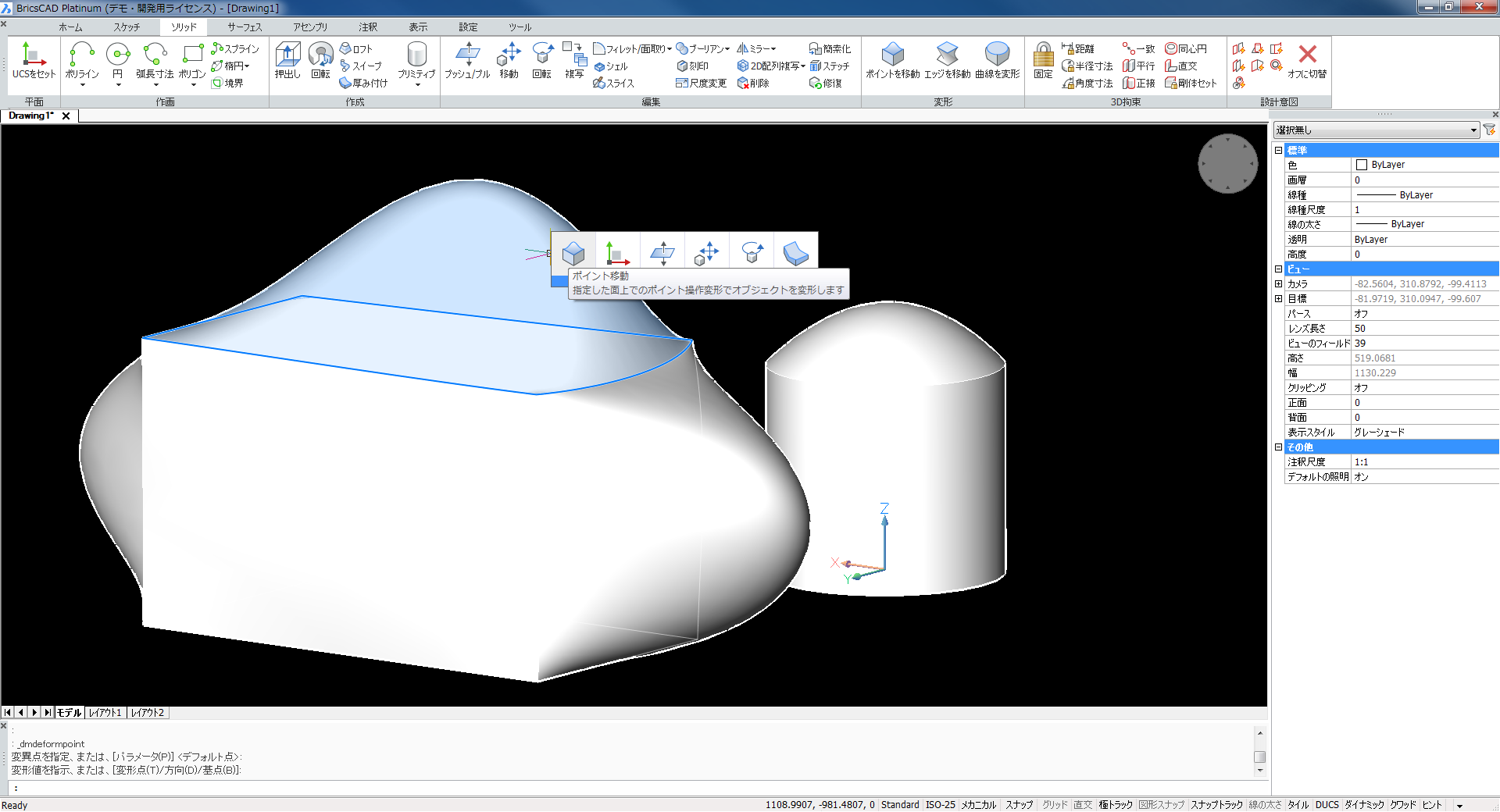

#Autocad vs bricscad download#
Once you download it from here, install and run it, you will see an interface which looks like this. The workaround is to ensure that the variable names are unique as there is only one namespace where it is loaded, so we would use #ProductName_GT and #ProductName_CP in the respective codes. Now, if you load both them of them together in Bricscad one after the other, the variable #ProductName will have the value derived from the last loaded of the two applications. Each application would have a Lisp variable called #ProductName which would be set to "GeoTools" and "CADPower" in their respective codes. For example, we are now splitting our GeoTools into two products - GeoTools and CADPower. If you are developing Lisp applications for Bricscad, you must be aware of this limitation. In AutoCAD VLX executables, this is not a problem since they can run in their own namespace and are not visible to the other application. What this means is :: if you have two applications, A and B compiled into DES, and if they have a same Lisp variable defined in each of them, it will be visible to the other application and this can potentially be a problem and cause variable-names conflict. The application which loads second will overwrite the same variable defined by the previously loaded application. The only time I find Visual Lisp IDE useful is to check for memory leaks - for any variables that have been inadvertently left global.Īnother limitation of DESCoder-compiled applications is that they cannot run in a separate namespace like VLX files do. Unfortunately, Bricsys has no plans for an IDE for Bricscad. But, if you are used to the IDE, this is something you might miss in Bricscad. Most Lisp programmers are old-guard programmers like me and seldom use the IDE. You need to do Lisp debugging in the traditonal way by loading the Lisp in Bricscad and see how it runs. Which means, you cannot debug your applications using DESCoder in the manner Visual Lisp does. Visual Lisp has an integrated development environment (IDE) while DESCoder does not have such a thing. No Integrated Development environment in DESCoder: In my opinion, it does not make a difference. While Visual Lisp is called from within AutoCAD using the VLISP command, the DESCoder is a stand-alone application that must be run independent of Bricscad. So, if you have created a Visual Lisp project, you can re-use those files to parallely create a Bricscad executable application.ĭESCoder is a standalone application, VLISP is within AutoCAD Additionally, the DEScoder uses the same project (PRJ) and make (PRV) files that are used by the Visual Lisp compiler. In Visual Lisp, the equivalent to this is the VLX file. DES, which is the executable format Lisp application. The DESCoder will compile multiple LSP files, and any additional resource files like DCL, TXT etc and package them all into an executable which has the extension. VLX in AutoCAD - both are encrypted and secure-code

Let us examine the similarites and differences. However, there are some differences as well. The DESCoder offers almost exactly the same functionality as Visual Lisp. The answer to this is to use the DESCoder, a small additional utility that was created by Torsten Moses of Bricsys.
#Autocad vs bricscad code#
How do you protect your Lisp source code so that others will not be able to decrypt and reverse engineer it?.
#Autocad vs bricscad professional#
However, professional programmers want to go beyond just loading a handful of LSP files. ) function or the APPLOAD command and start using it. All of you know very well that Bricscad supports Lisp as an API just like AutoCAD and many other CAD applications do. Running un-protected Lisp source code is easy and same as in other CAD systems.


 0 kommentar(er)
0 kommentar(er)
